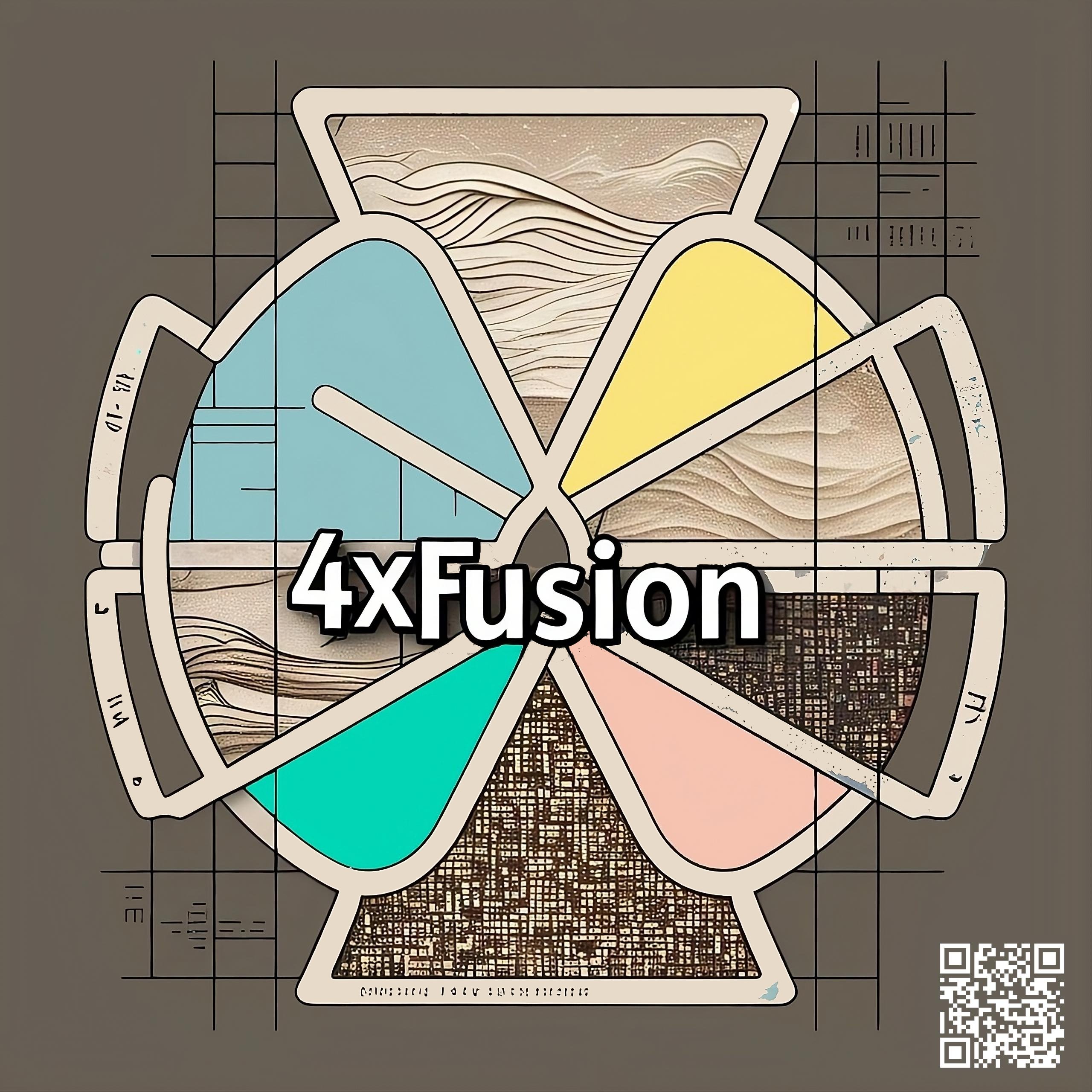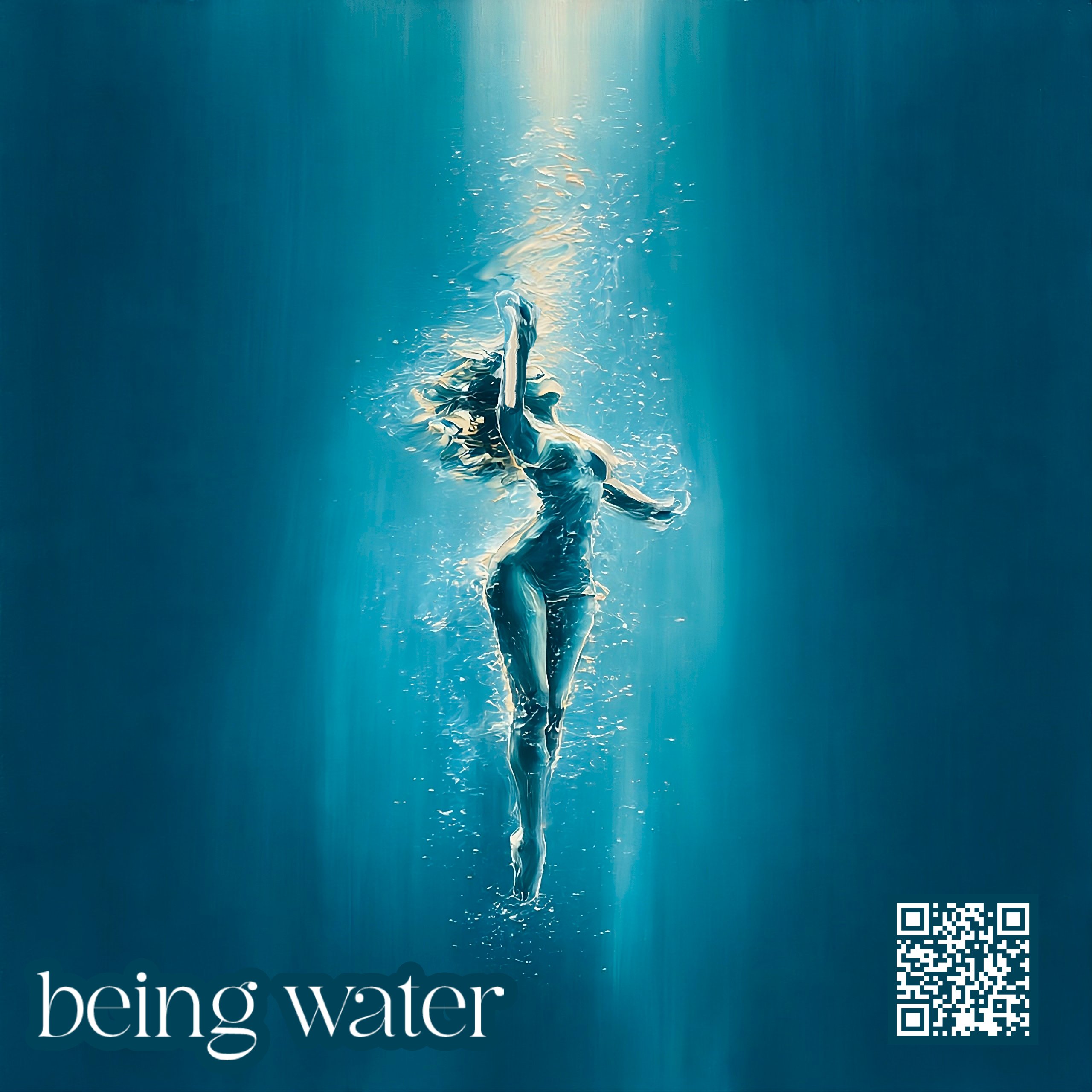4xFusion: A Sonic Tapestry of String Quartets Across Genres and Borders (AI Gen)
4xFusion Full Album (238 Tracks 9:40:36) – Download FREE MP3 Eight Genre-Bending Explorations Where Classical Strings Fuse With Jazz, Lo-Fi, Techno, Post-Rock, and Beyond In third‑stream music… composers incorporate elements of classical music, such as the use of classical instruments and classical music forms, into their jazz compositions.— Gunther Schuller, on Third‑Stream, 1957 Google’s Deep Dive Podcast: … Read more4xFusion: A Sonic Tapestry of String Quartets Across Genres and Borders (AI Gen)









